Advancements in Laser Technology
Technological innovations play a pivotal role in shaping the Fiber Laser Market. Recent advancements in laser technology, including the development of higher power fiber lasers and improved beam quality, have expanded the capabilities of fiber lasers. These innovations enable applications in diverse fields such as medical device manufacturing and metal processing. The introduction of compact and cost-effective fiber laser systems has further democratized access to this technology, allowing smaller enterprises to leverage its benefits. As a result, the market is witnessing an influx of new players, contributing to a competitive landscape that fosters continuous improvement and innovation. The Fiber Laser Market is thus positioned to benefit from ongoing technological evolution.
Growing Adoption in Industrial Automation
The Fiber Laser Market is significantly influenced by the growing trend of industrial automation. As industries increasingly integrate automation technologies, fiber lasers are becoming essential tools for enhancing production efficiency. Their ability to operate seamlessly with automated systems allows for high-speed processing and reduced downtime. According to recent data, the automation sector is projected to grow at a compound annual growth rate of 9% through 2027, which bodes well for the fiber laser market. This integration not only streamlines operations but also enhances the precision and repeatability of manufacturing processes. Consequently, the Fiber Laser Market is likely to see a robust increase in demand as more companies adopt automated solutions.
Rising Demand for Precision Manufacturing
The Fiber Laser Market experiences a notable surge in demand driven by the increasing need for precision manufacturing across various sectors. Industries such as automotive, aerospace, and electronics are increasingly adopting fiber lasers for their ability to deliver high-quality cuts and engravings with minimal thermal distortion. This trend is underscored by the projected growth rate of the fiber laser market, which is expected to reach USD 5 billion by 2026. The precision offered by fiber lasers not only enhances product quality but also reduces waste, thereby improving overall efficiency. As manufacturers strive to meet stringent quality standards, the adoption of fiber lasers becomes a strategic imperative, positioning the Fiber Laser Market for sustained growth.
Expanding Applications in Emerging Markets
The Fiber Laser Market is witnessing an expansion of applications in emerging markets, which is driving growth. Industries in regions such as Asia-Pacific and Latin America are increasingly adopting fiber lasers for applications ranging from metal cutting to medical device manufacturing. The versatility of fiber lasers allows them to be utilized in various sectors, including telecommunications and consumer electronics. As these markets continue to develop, the demand for advanced manufacturing technologies is expected to rise. This trend suggests that the Fiber Laser Market will experience significant growth opportunities as companies in emerging economies seek to enhance their production capabilities and compete on a global scale.
Environmental Regulations and Sustainability Initiatives
The Fiber Laser Market is increasingly shaped by stringent environmental regulations and a growing emphasis on sustainability. As industries face pressure to reduce their carbon footprint, fiber lasers offer a more energy-efficient alternative to traditional cutting and welding methods. These lasers consume less power and produce less waste, aligning with the sustainability goals of many organizations. Furthermore, the ability to work with a variety of materials without generating harmful emissions positions fiber lasers as a preferred choice in eco-conscious manufacturing. The market is likely to benefit from this shift towards greener technologies, as companies seek to comply with regulations while also appealing to environmentally aware consumers.


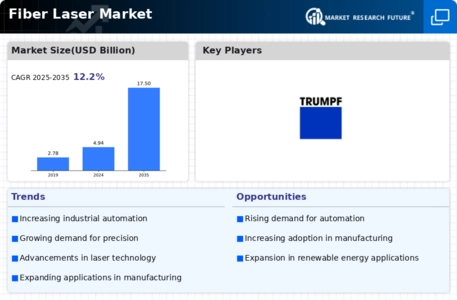


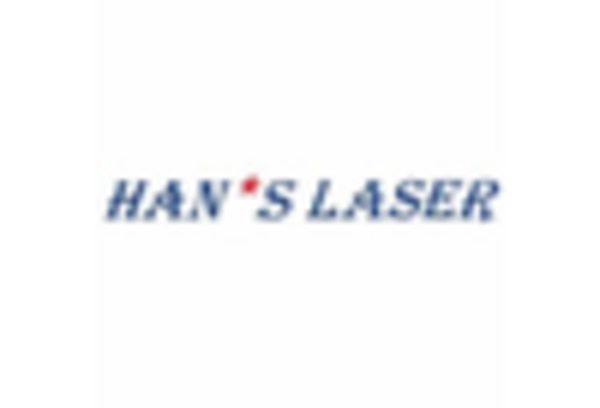
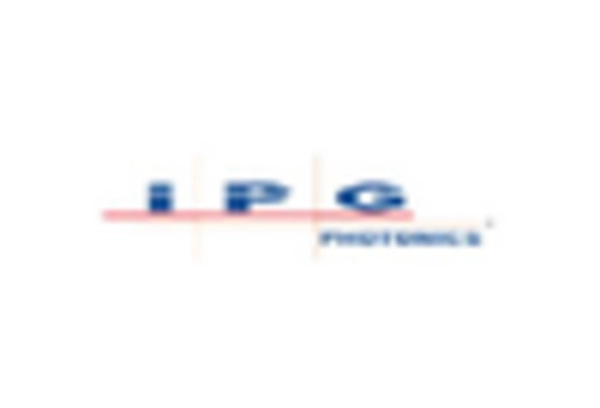
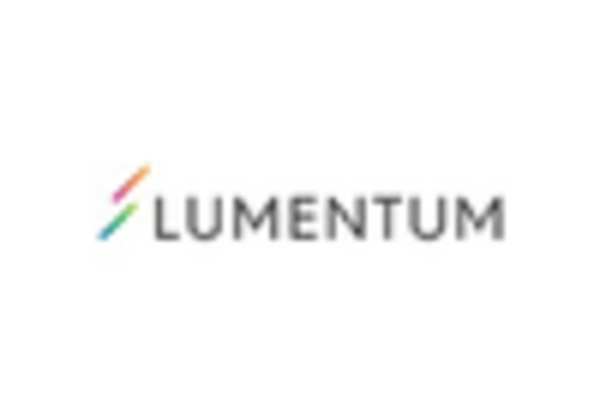
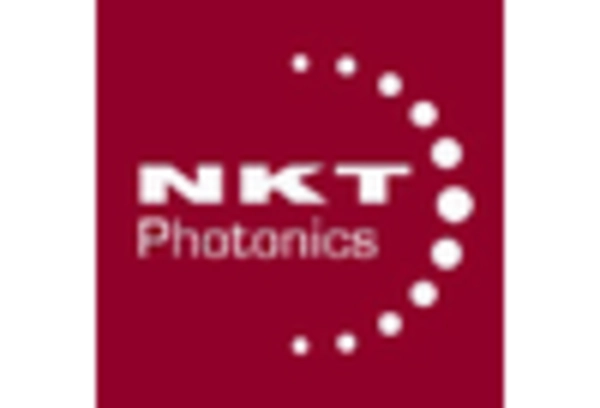
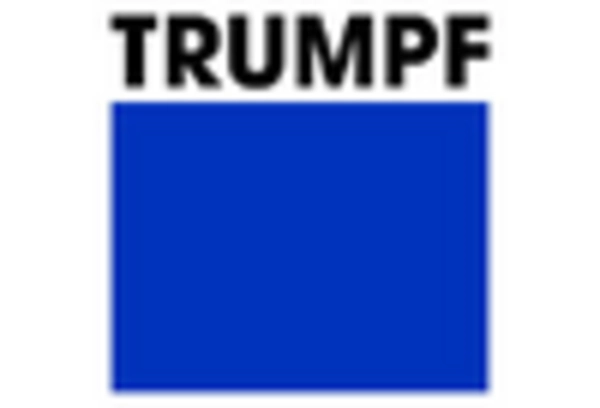








Leave a Comment